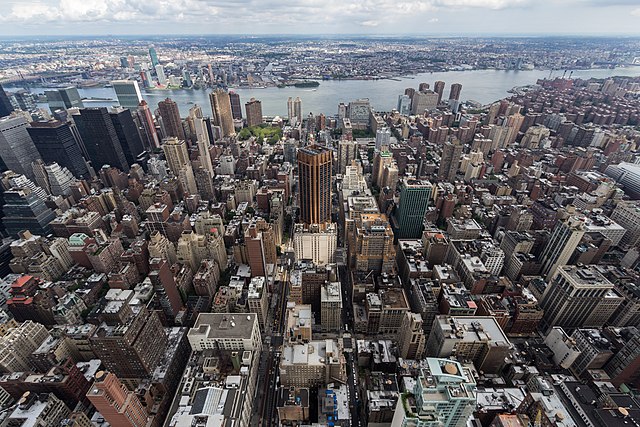

I’m reading about deep sea mining since a few years. This must be regulated before the first companies get started!
I have a feeling it won’t get regulated until it’s much too late and damage is done. It’s probably difficult to put rules on no man’s seafloor.








It won’t help, the other lobster has diabetes, so it pisses with an accent.